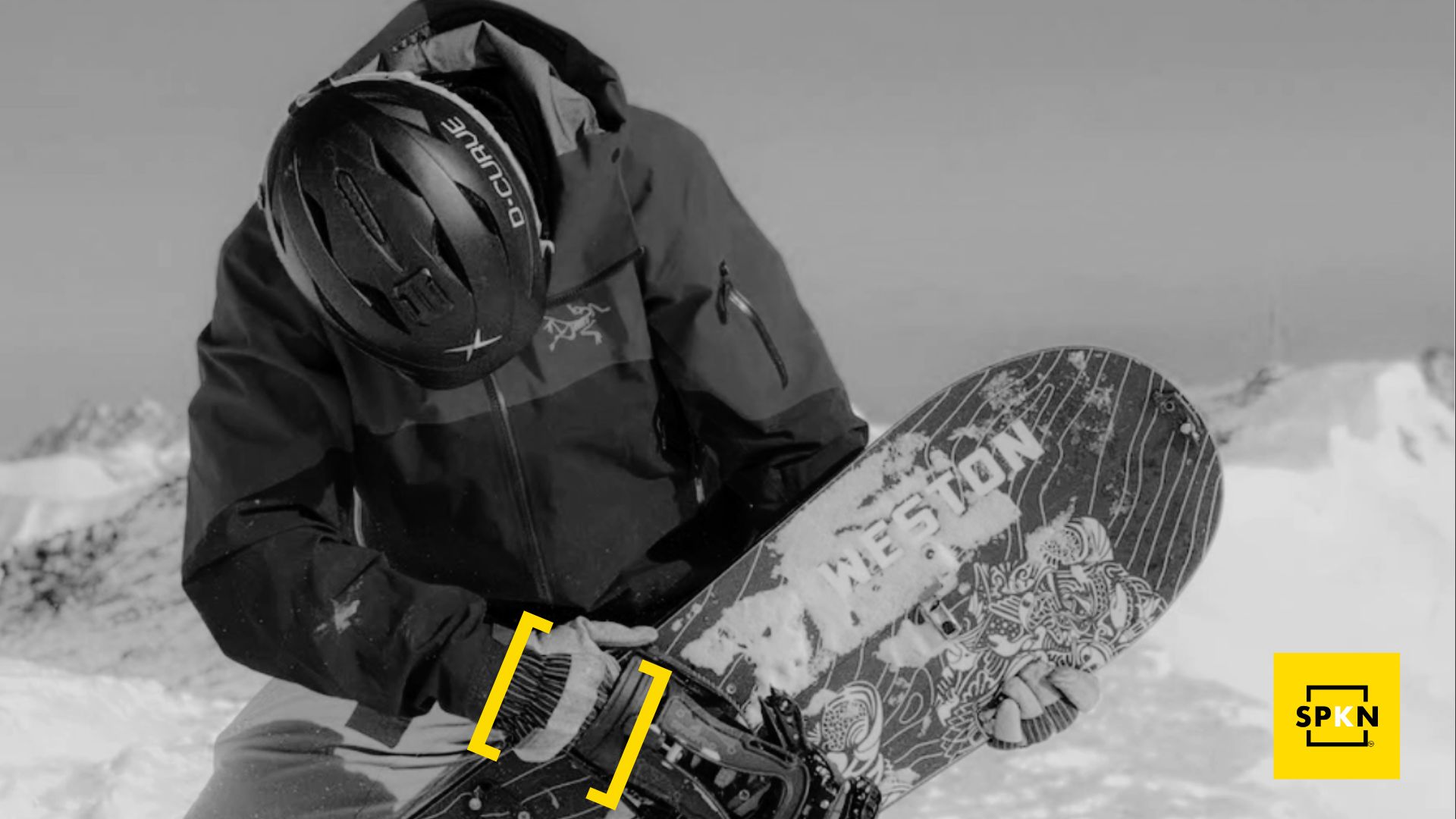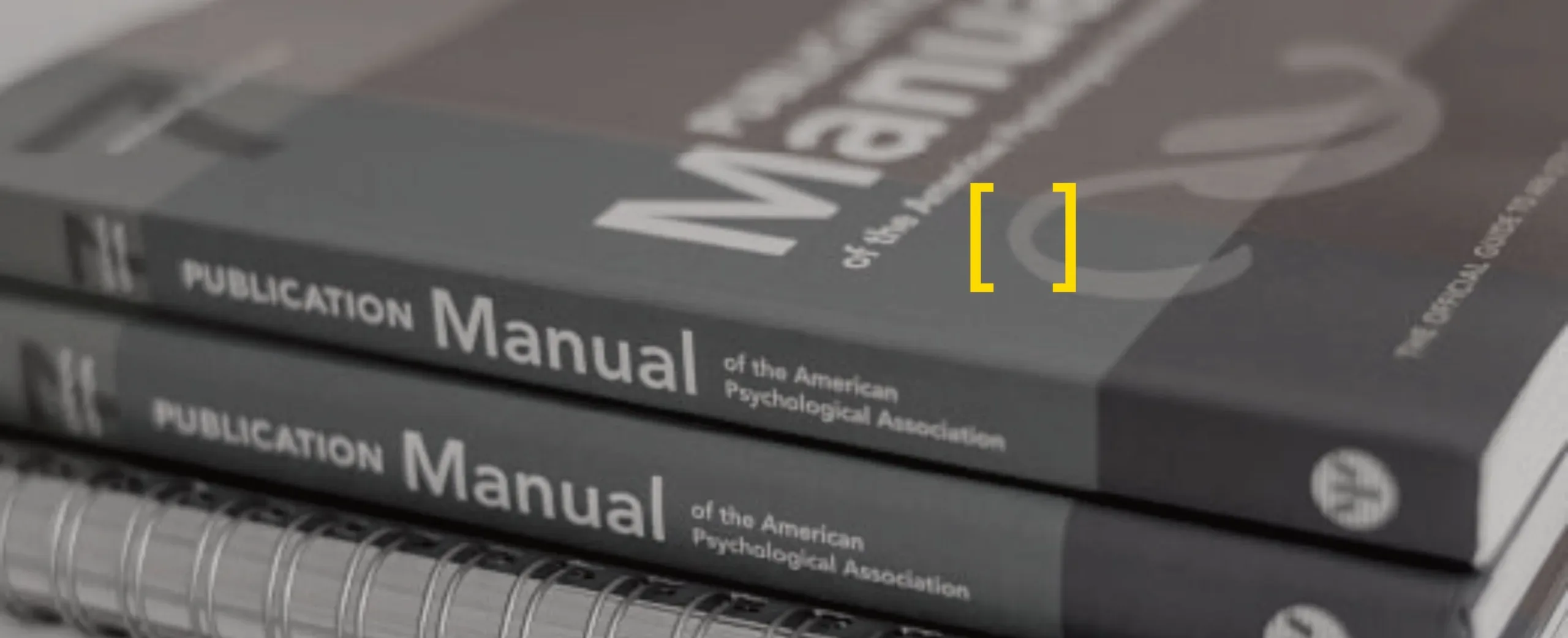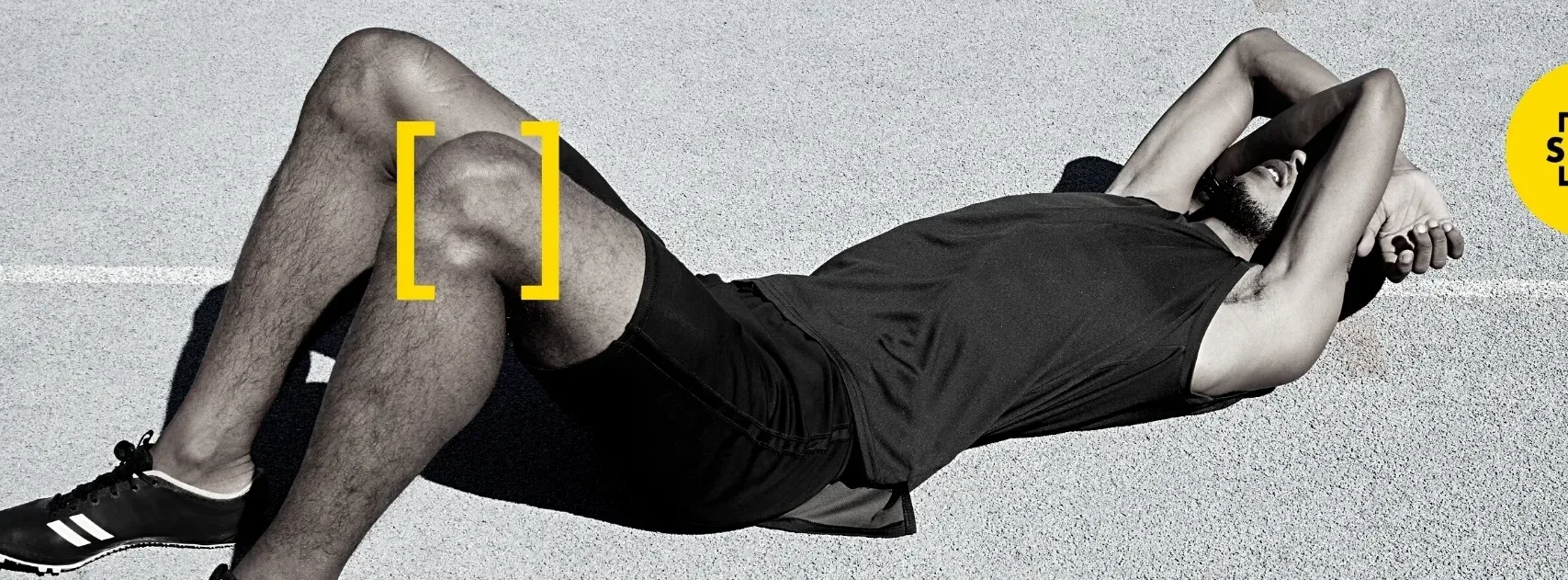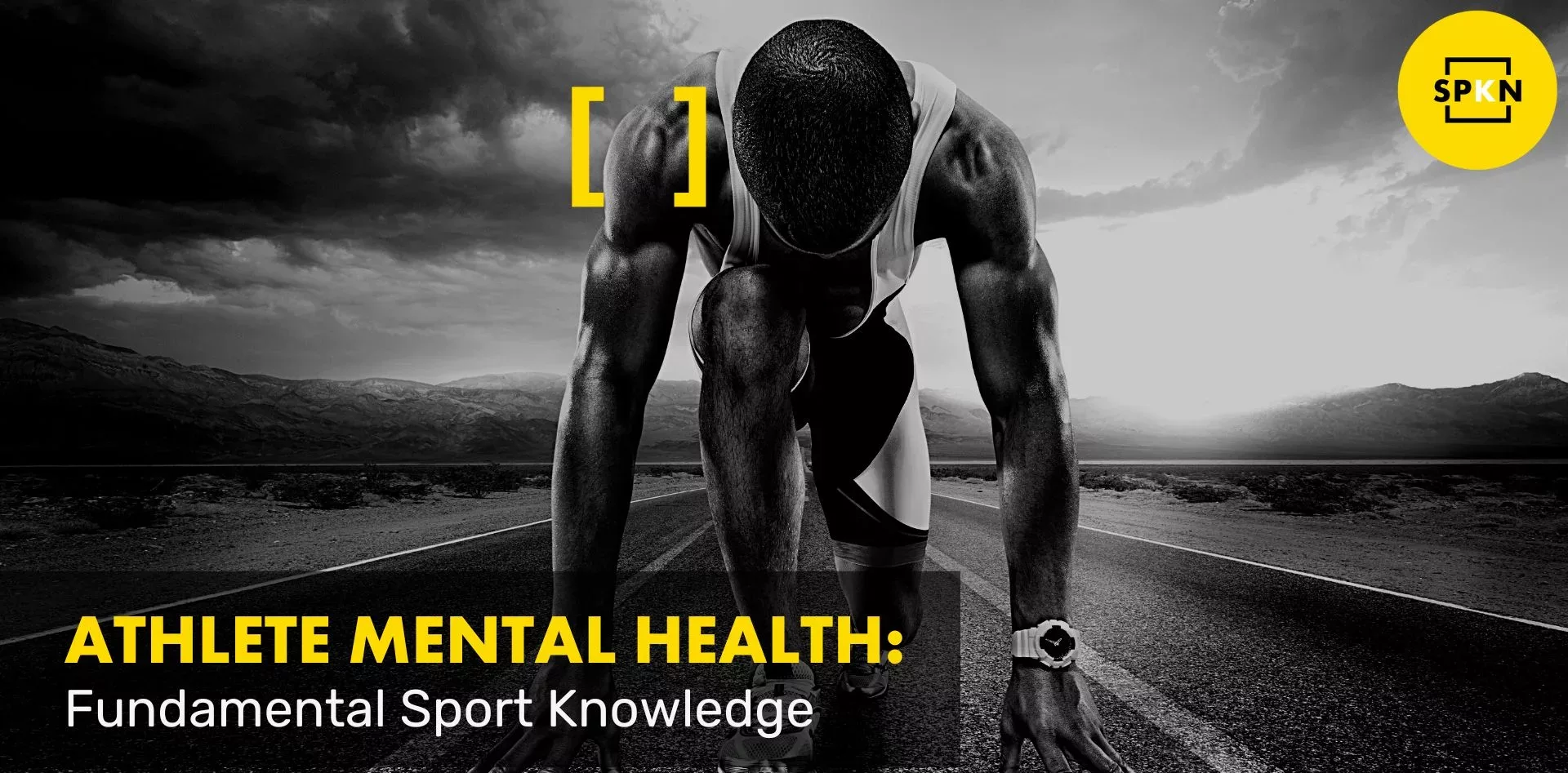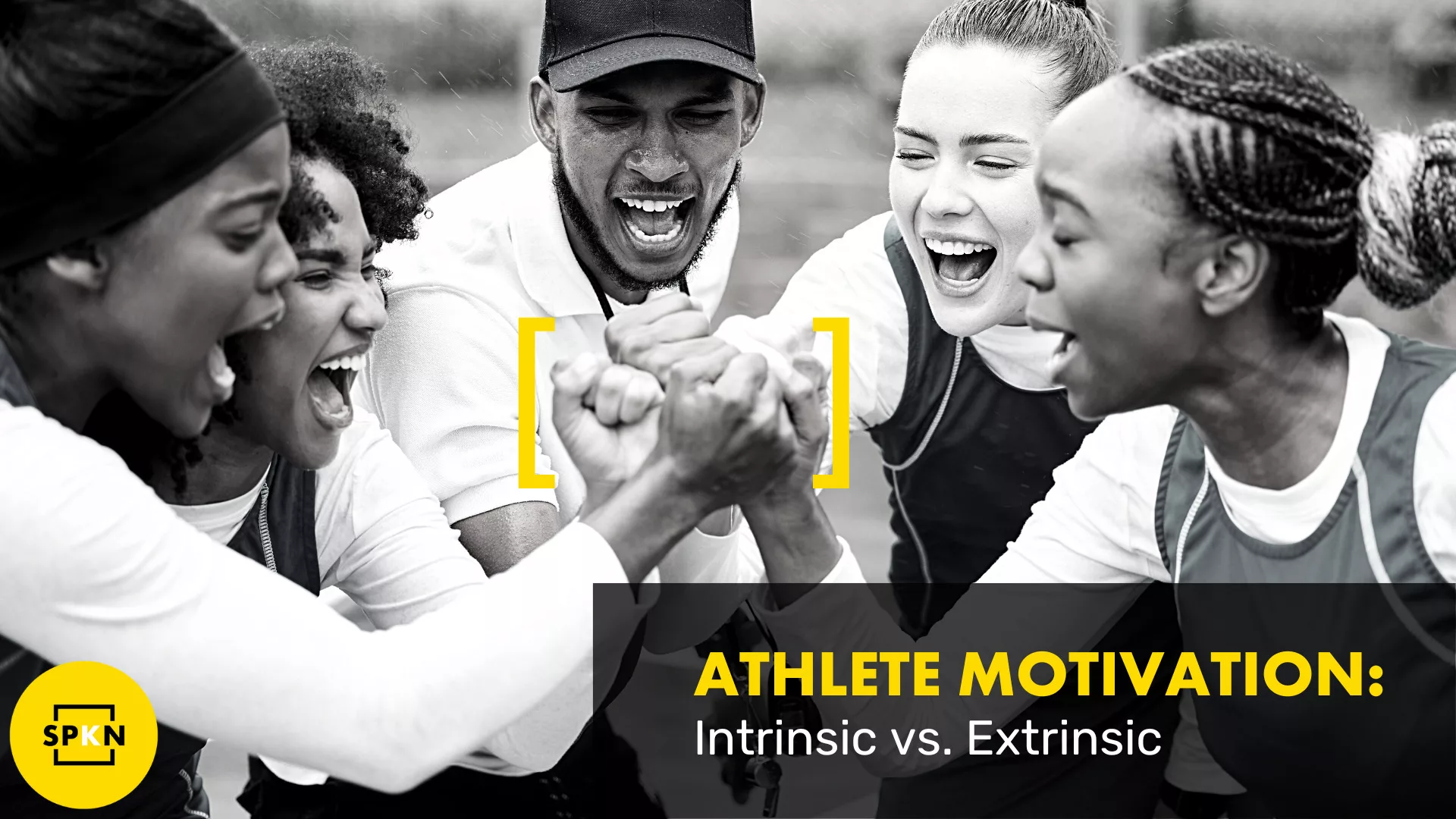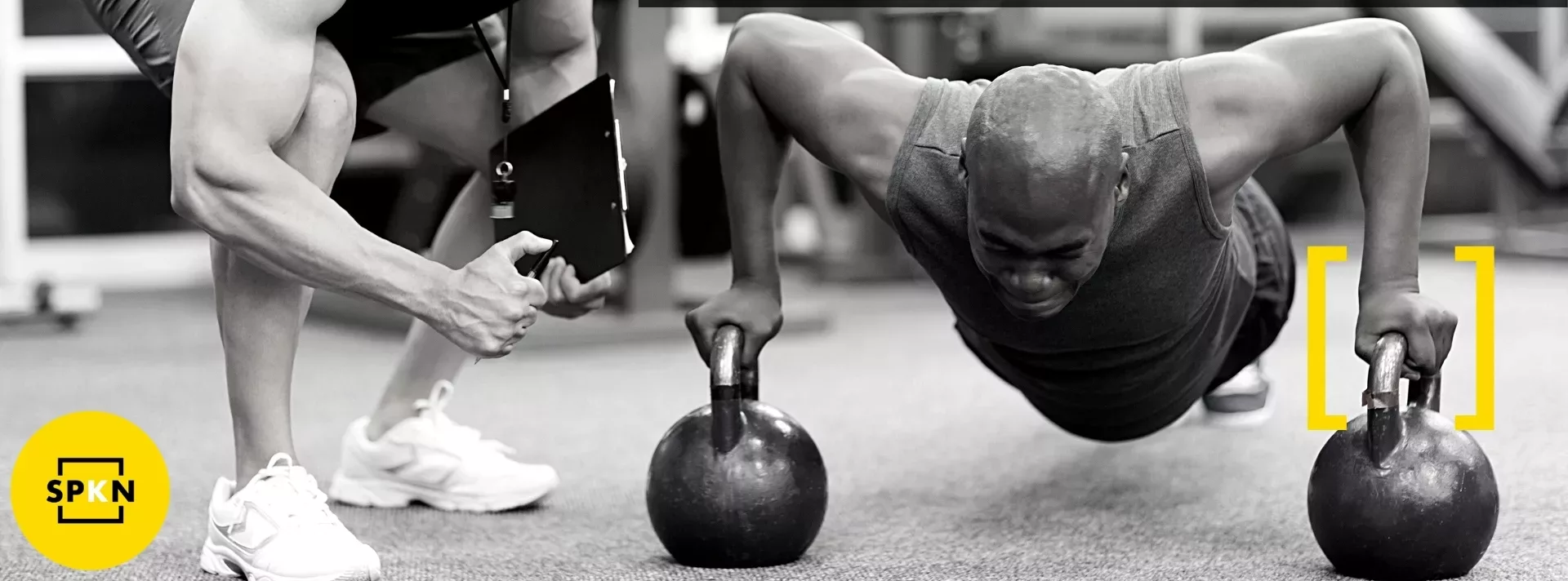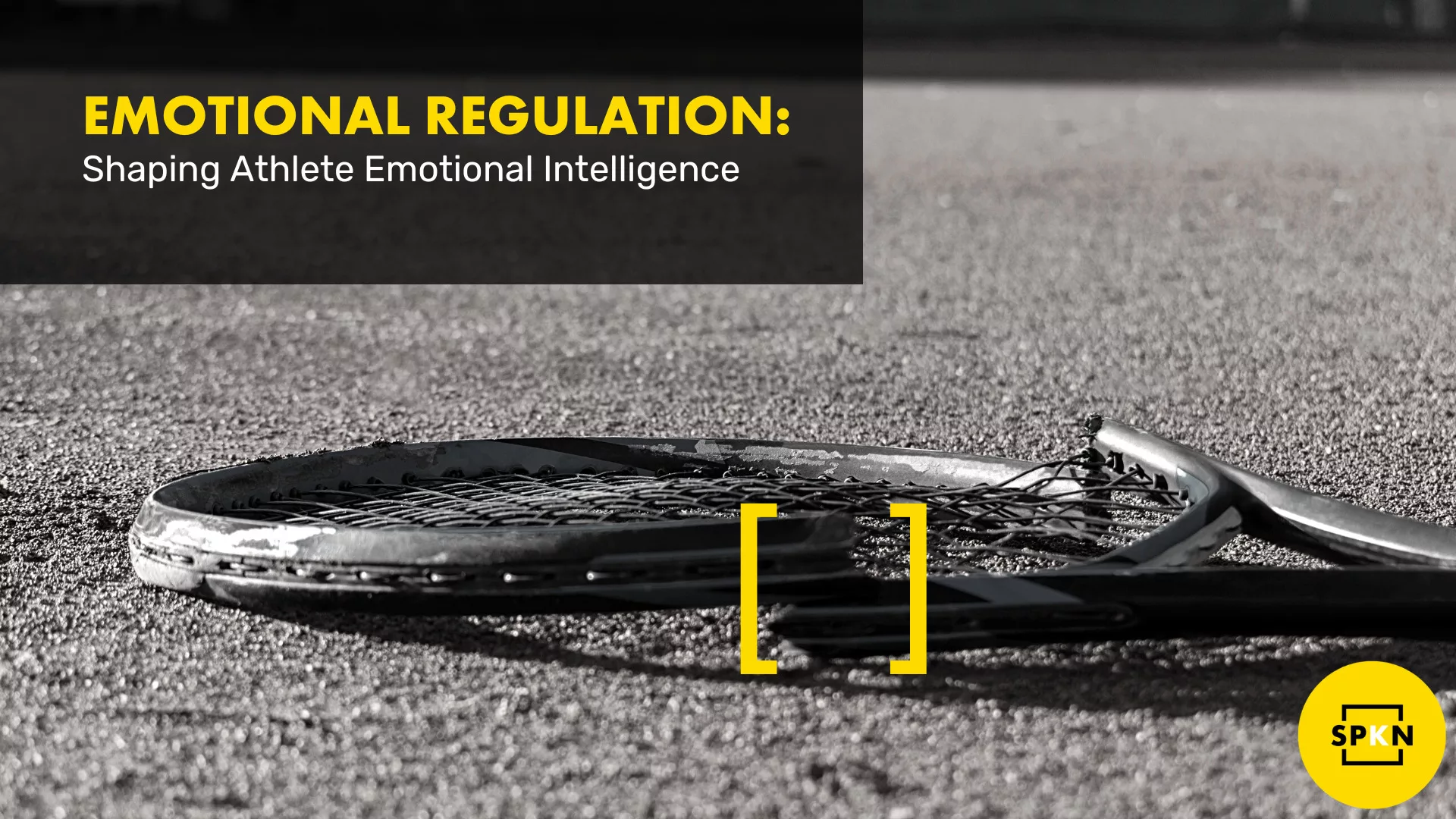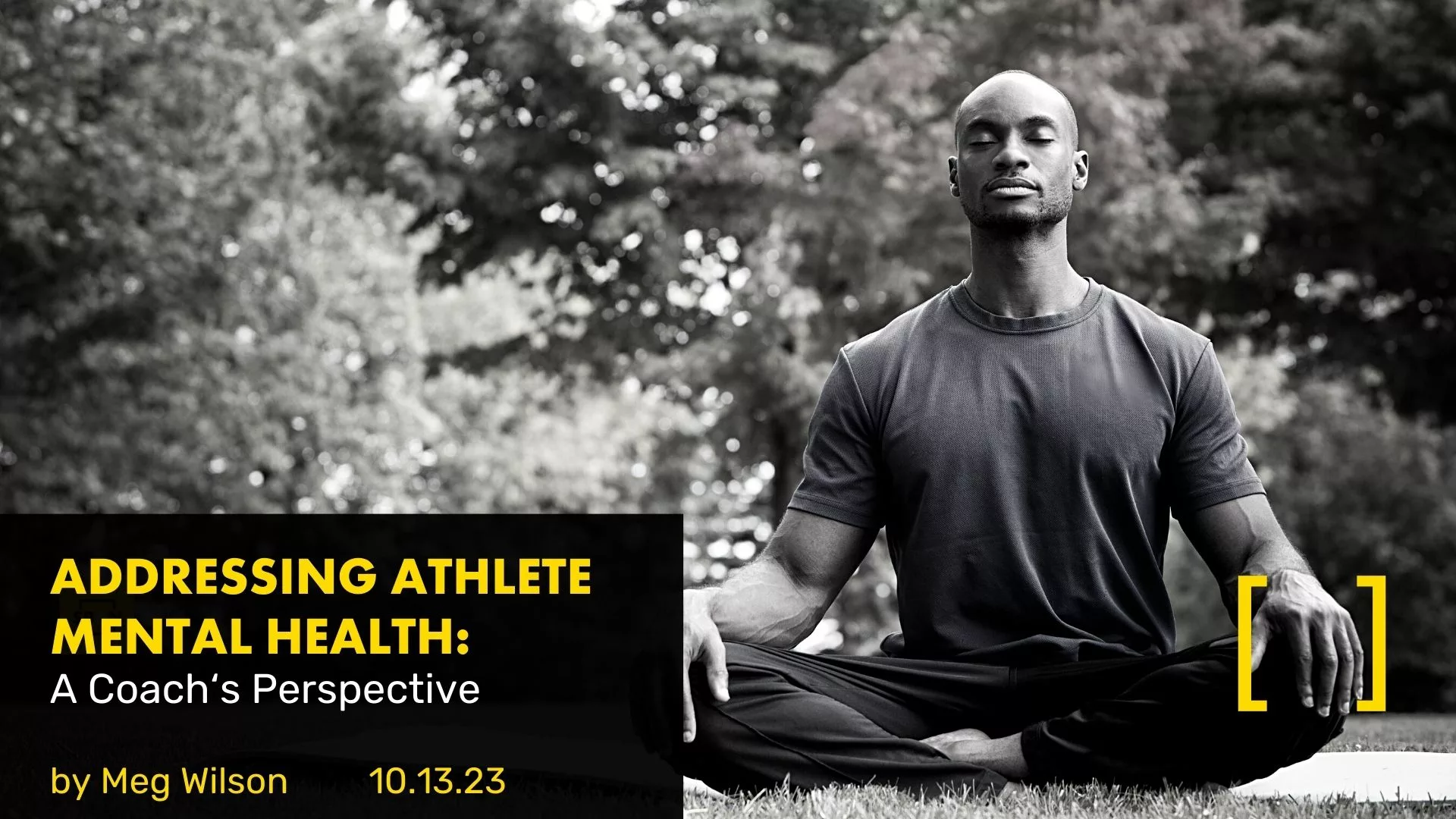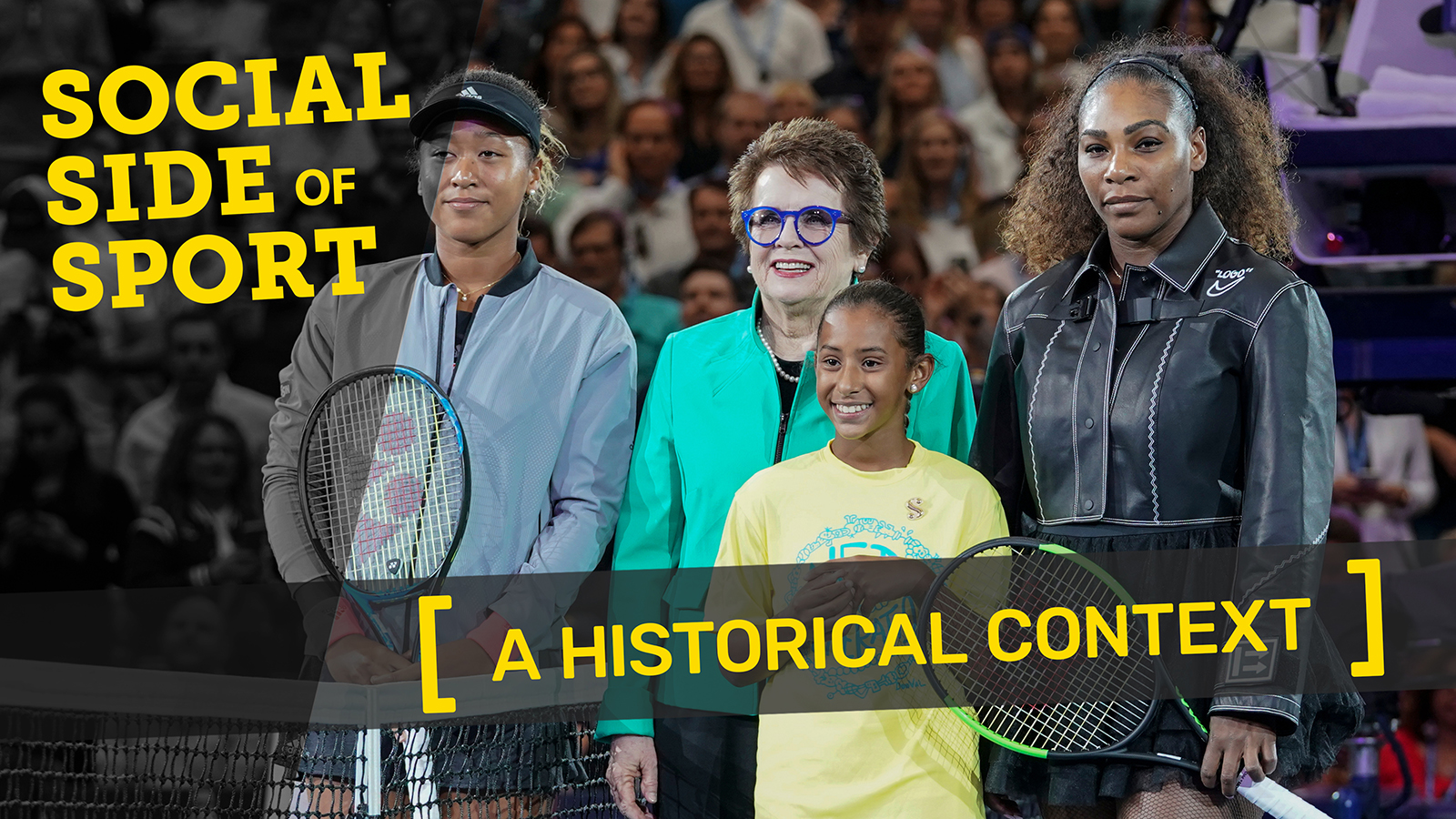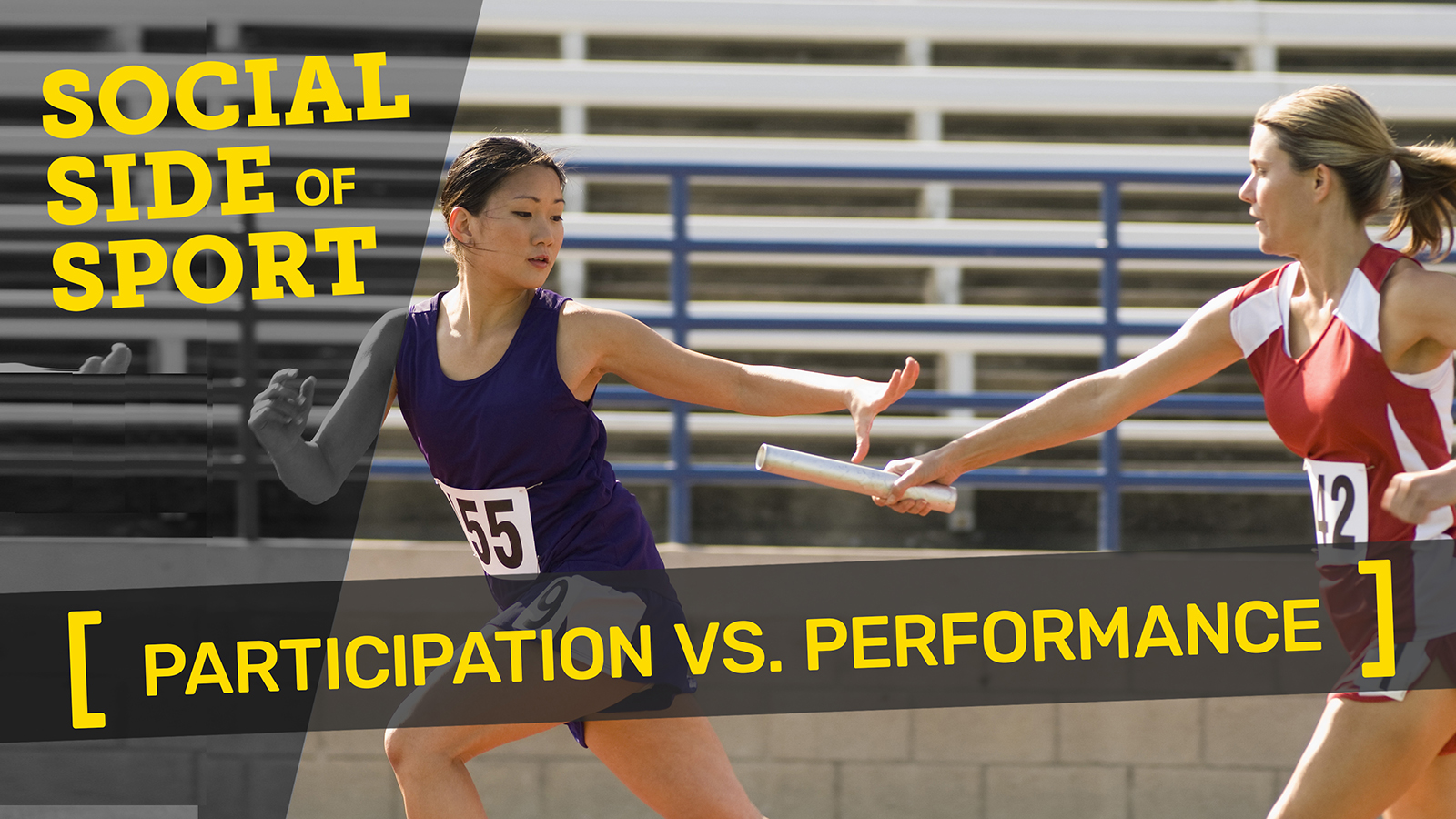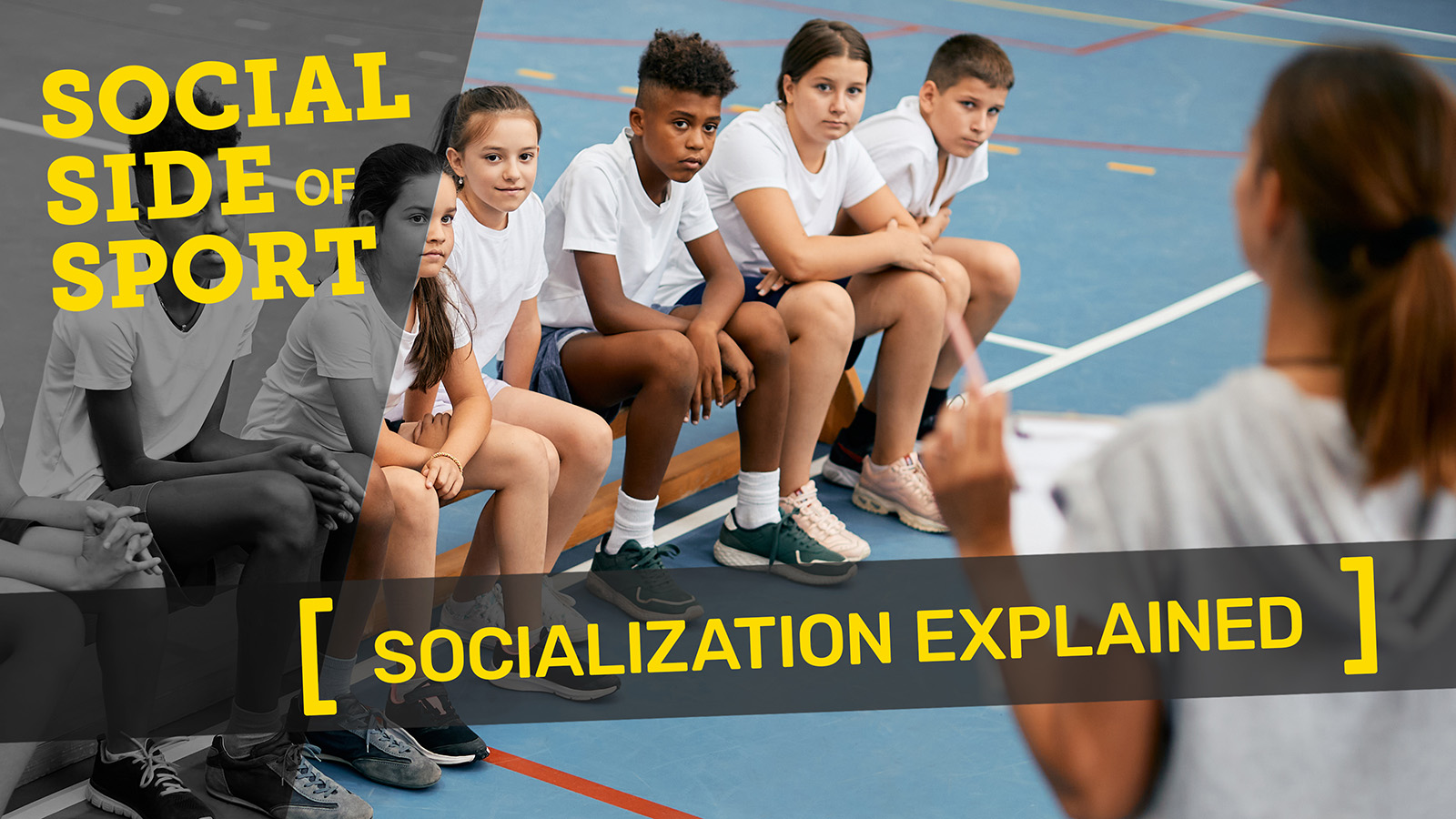Autogenic Training is one of a range of relaxation techniques taught to, and used by athletes to produce a psychophysiological relaxation response, with the aim of better equipping the athlete to regulate his/her psychological states generally and experiences of anxiety in particular (Kudlackova, Eccles, & Dieffenbach, 2013). This form of relaxation was developed by the German psychiatrist Johannes Heinrich Schultz in the early 1930s (see Schultz, 1970). Autogenic means self-generated, and refers to the goal of the use of the technique, which is for the user to generate a relaxed hypnotic state via self-suggestion formulas aimed at producing relaxing sensations (Sherman & Poczwardowski, 2000). Specifically, these formulas involve the athletes suggesting to themselves inside their head that they are experiencing heaviness in the limbs, warmth in the limbs and abdomen, regular heart rate and breathing, and coolness of the forehead.
Typically, the athlete will receive some instruction in how to apply these formulas and then practice using them alone before attempting to apply them in a stressful situation. A sample follows of verbal instructions that might be provided to an athlete as he/she begins to learn to use autogenic training, where the athlete is lying comfortably on his/her back (Sherman & Poczwardowski, 2000, p. 57): “Let’s start with a couple of deep abdominal
breathes . . . as I make a suggestion to you, you may ether repeat the suggestions to yourself or just think about them, and your body will respond . . . I want you to direct your attention to your right arm. Your right arm is feeling heavy . . . And say to yourself, My right arm is heavy [repeated 7 10 times].” The next step for the learner is to practice using the technique during daily practice sessions lasting tens of minutes, which are often guided initially by an electronic recording of a session prepared by a sport
psychologist. There are also more advanced formulas within autogenic training that have a more psychological and less physiological orientation and to which the athlete can progress.
While there has been limited research on the effects of autogenic training on performance-related psychological and physiological variables (e.g., anxiety) in athlete populations (Solberg et al., 2000), recent reviews of the effects of autogenic training in clinical populations suggest that the technique may be effective, including for regulating anxiety (e.g., Manzoni, Pagnini, Castelnuovo, & Molinari, 2008).
References
Kudlackova, K., Eccles, D. W., & Dieffenbach, K. (2013). Use of relaxation skills in differentially skilled athletes. Psychology of Sport and Exercise, 14, 468 475.
Manzoni, G. M., Pagnini, F., Castelnuovo, G., & Molinari, E. (2008). Relaxation training for anxiety: A ten-year systematic review with meta-analysis. BMC Psychiatry, 41, 1 12.
Schultz, J. H. (1970). Das autogene training. Konzentrative selbstentspannung (The autogenic training. Concentrative self-relaxation). Stuttgart, Germany: Thieme.
Sherman, C. P., & Poczwardowski, A. (2000). Relax! It ain’t easy (or is it?). In M. B. Andersen (Ed.), Doing sport psychology (pp. 47 60). Champaign, IL: Human Kinetics. https://amzn.to/3GGJm2J
Solberg, E. E., Ingjer, F., Holen, A., Sundgot-Borgen, J., Nilsson, S., & Holm, I. (2000). Stress reactivity to and recovery from a standardized exercise bout: A study of 31 runners practicing relaxation techniques. British Journal of Sports Medicine, 34, 268 272.
***Contributed by David W. Eccles for Hackfort, D., Schinke, R. J., & Strauss, B. (Eds.). (2019). Dictionary of sport psychology: sport, exercise, and performing arts. Academic Press. https://amzn.to/3ZxARzT


